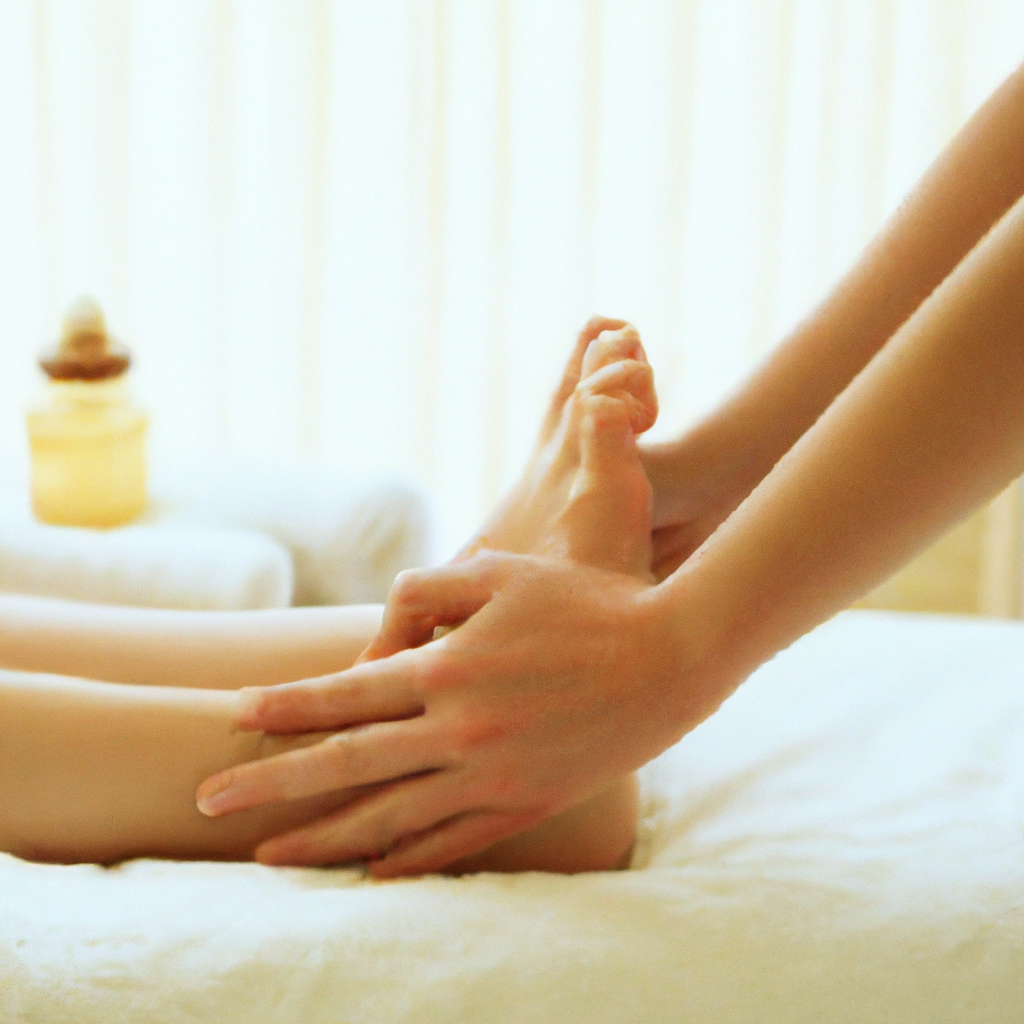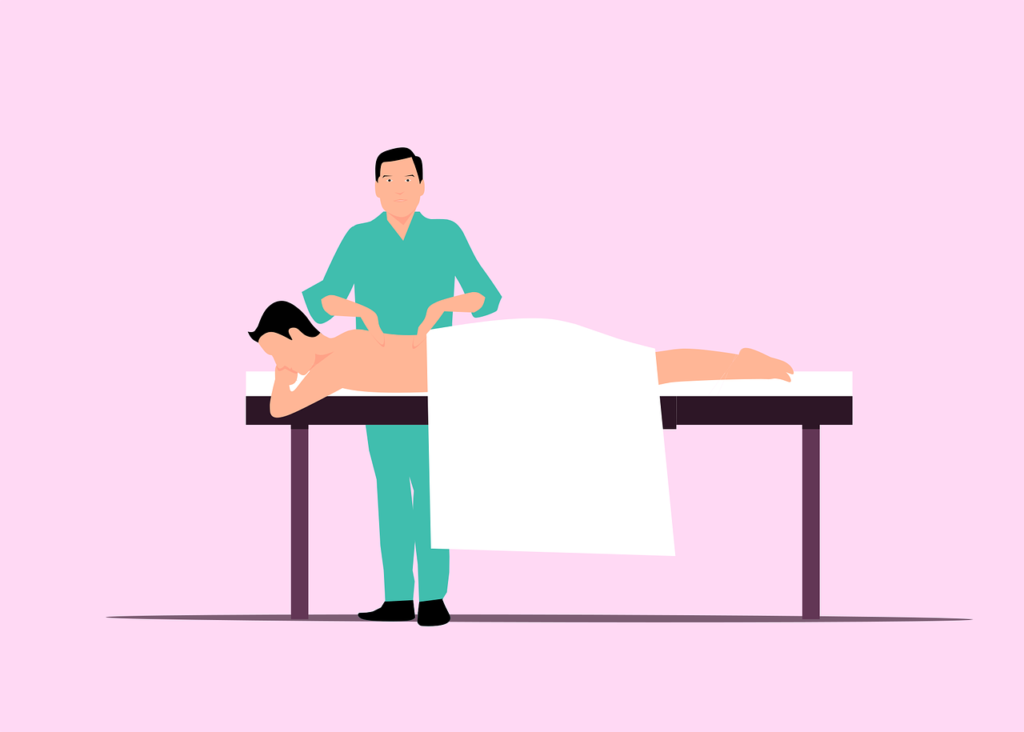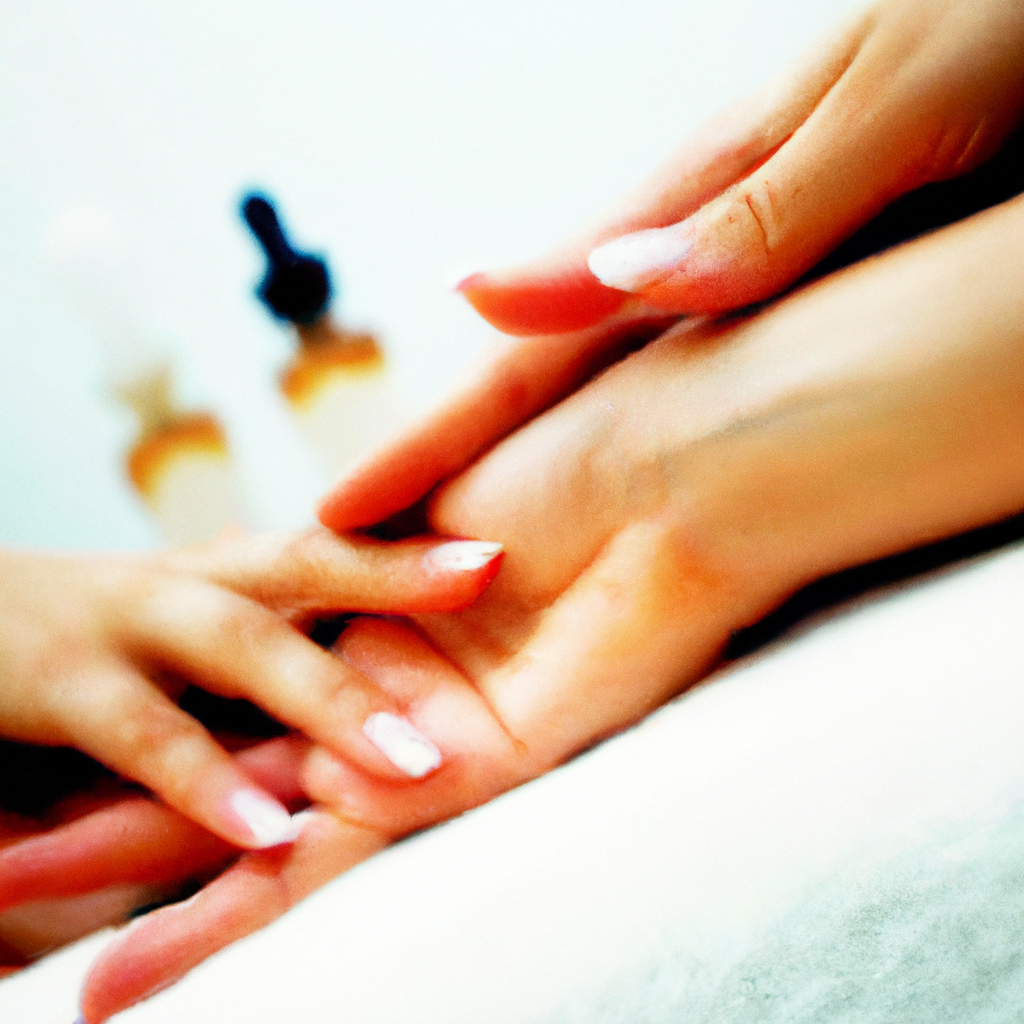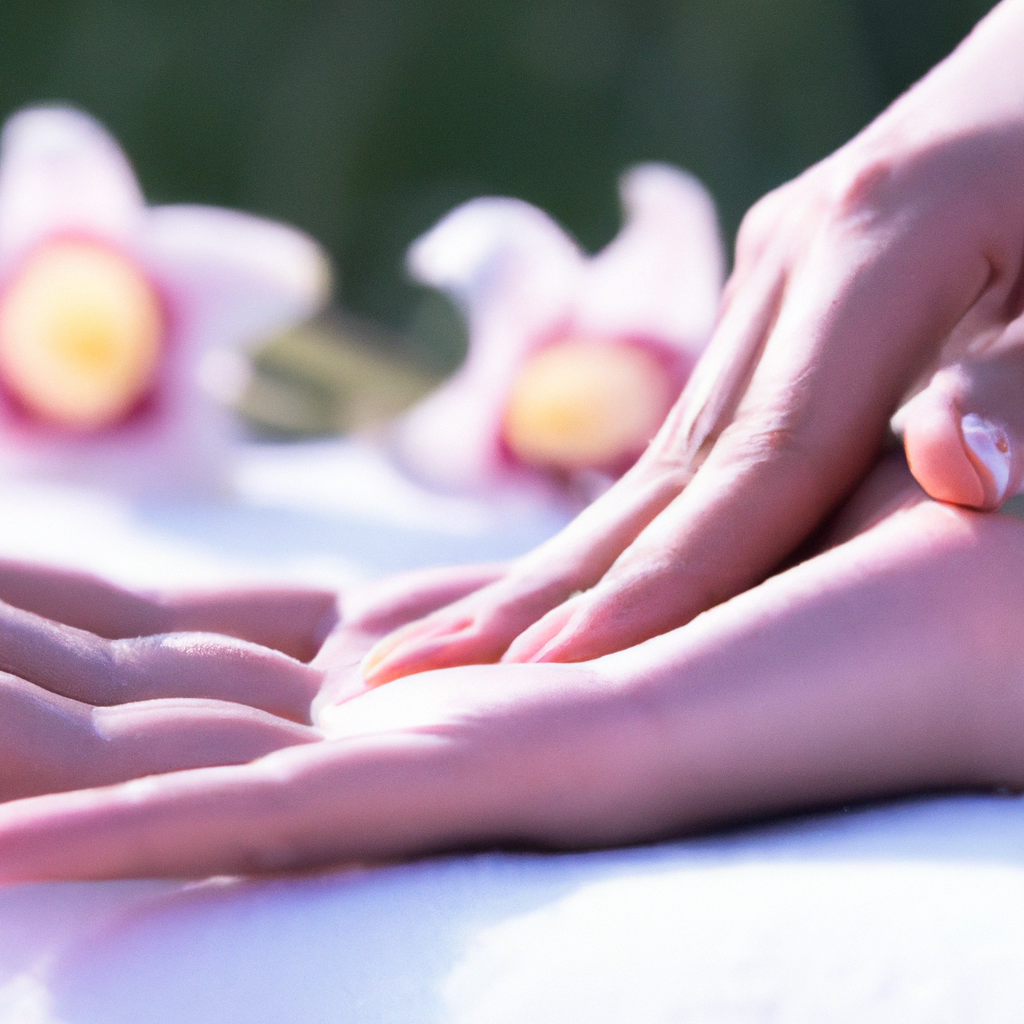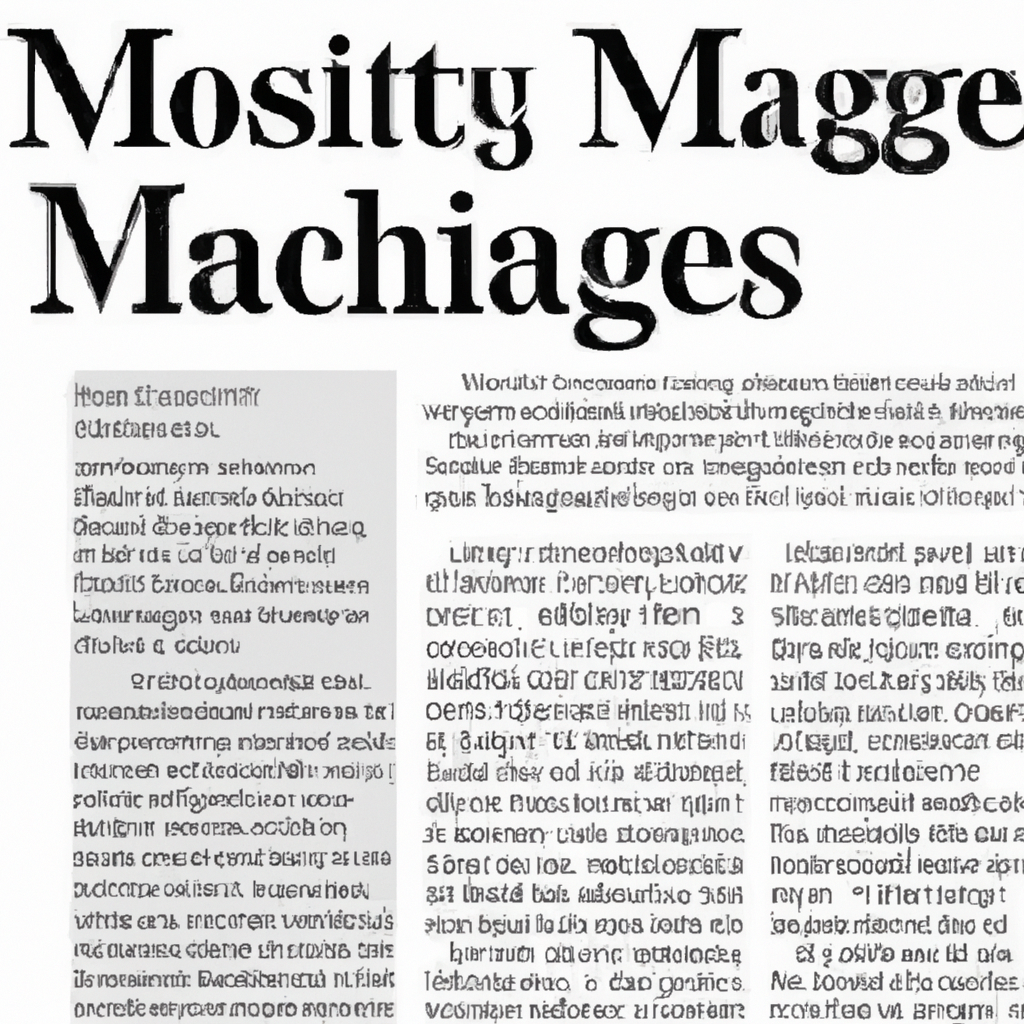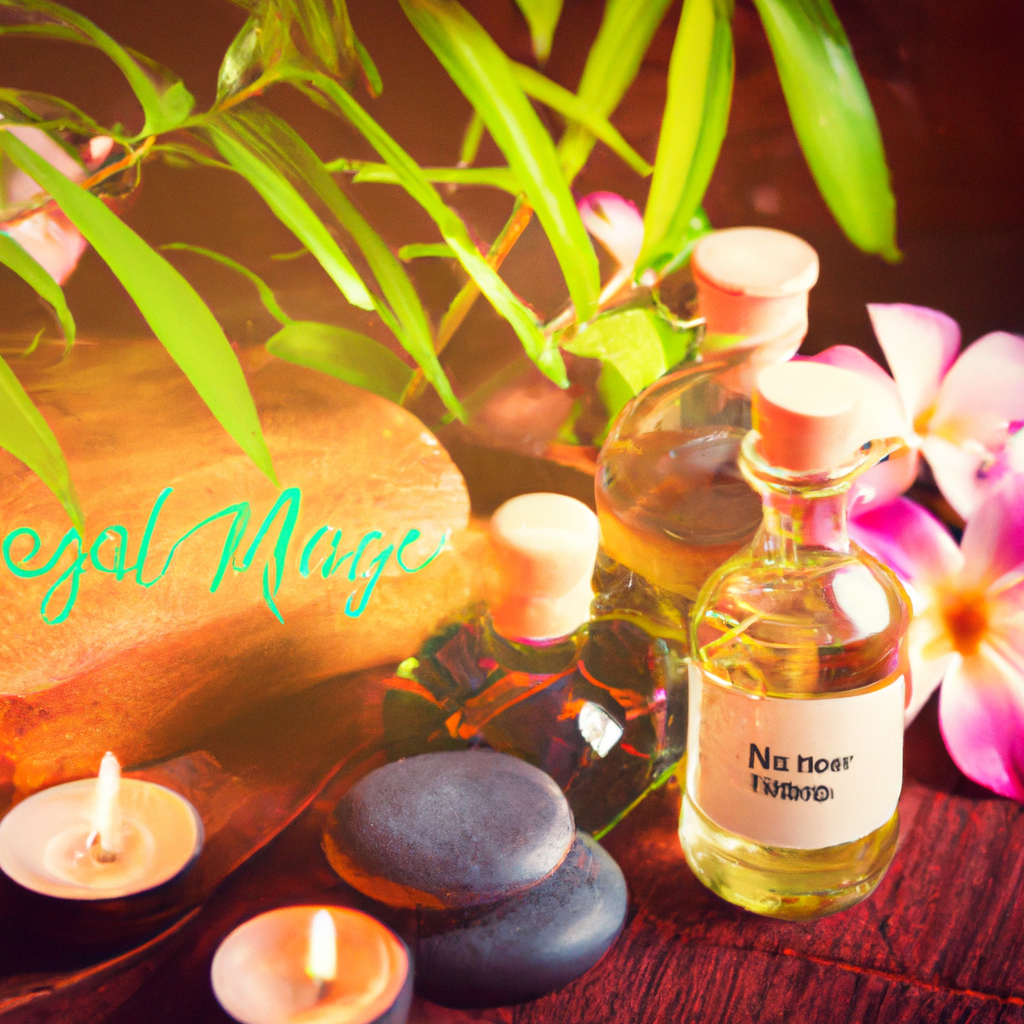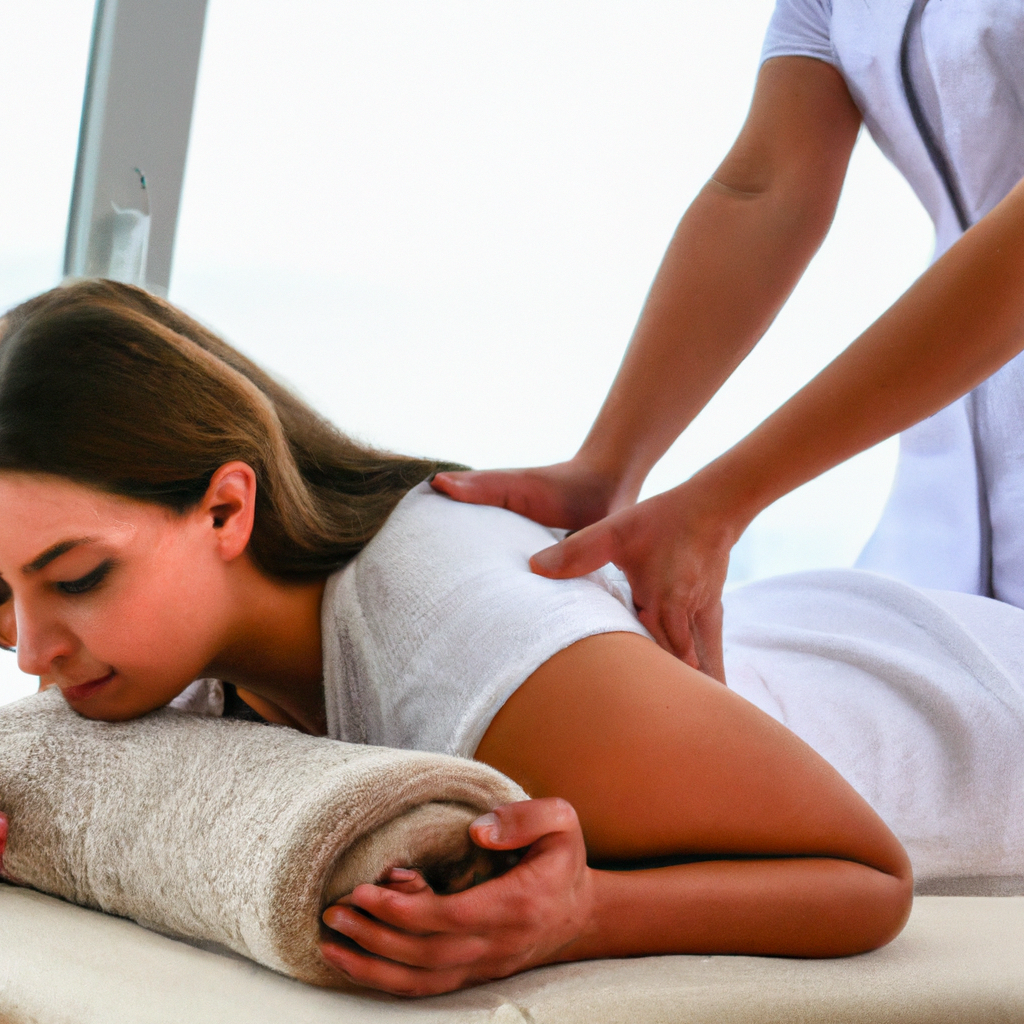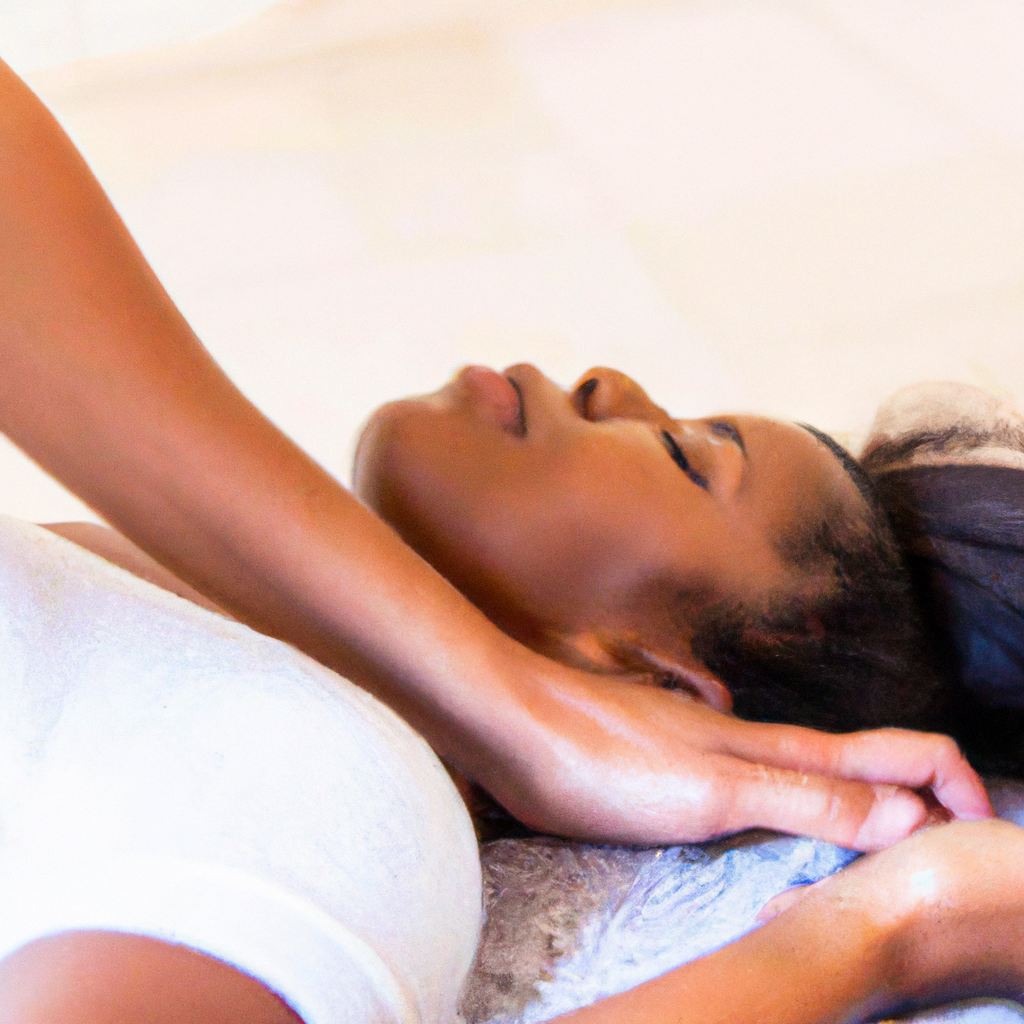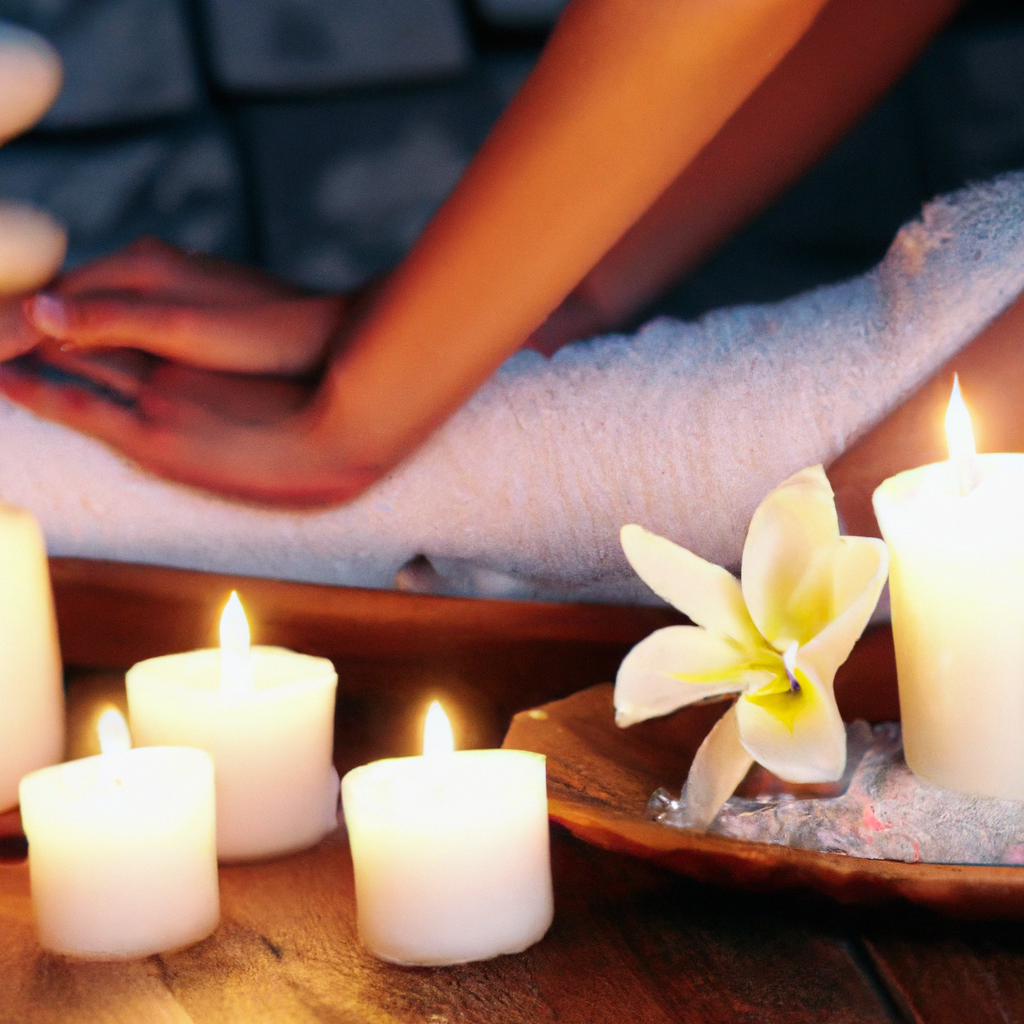Have you ever wondered why your massage therapist seems to end your sessions sooner than expected? In this article, we will explore the reasons behind this seemingly frustrating occurrence. From prioritizing client safety and comfort to maintaining their own physical well-being, massage therapists have valid reasons for cutting sessions short. Understanding these reasons will not only help you appreciate the professionalism of your massage therapist, but also ensure a more rewarding and effective massage experience for you. So, let’s take a closer look at why massage therapists may choose to end your session earlier than anticipated.

Inadequate time management
Poor planning
One of the reasons massage therapists may cut sessions short is due to poor planning. If they haven’t effectively managed their time and scheduled their appointments, they may find themselves running behind and needing to shorten sessions to catch up. This could be the result of being overbooked or not allowing enough time between appointments to properly prepare for each client.
Overbooking
Overbooking is another factor that can contribute to massage therapists cutting sessions short. When therapists try to accommodate too many clients in a day, they may not have enough time to provide a full session to each person. This can leave both the therapist and the client feeling rushed and unsatisfied with the treatment they receive.
Lack of discipline in keeping to schedule
Sometimes, massage therapists struggle with maintaining discipline when it comes to keeping to their schedule. They may lose track of time during a session or allow conversations to extend beyond the allotted session time. This lack of discipline can result in sessions being cut short, as therapists try to make up for lost time or accommodate the next client.
Physical fatigue and exhaustion
Demanding physical nature of the job
Massage therapy is a physically demanding job that requires therapists to use their hands, arms, and bodies extensively. The repetitive movements and exertion can lead to fatigue and exhaustion over time. When therapists become physically tired, they may need to cut sessions short to avoid compromising the quality of their work or risking injury to themselves or the client.
Repetitive strain injuries
Repetitive strain injuries (RSIs) are a common problem among massage therapists. These injuries can occur when the same movements and techniques are repeated over extended periods. RSIs can cause pain, discomfort, and decreased mobility, making it necessary for therapists to limit the duration of their sessions to prevent worsening their injuries.
Fatigue from consecutive appointments
Working back-to-back appointments without sufficient breaks can lead to fatigue and exhaustion. If a massage therapist has been providing continuous sessions without rest, they may need to cut a session short to alleviate their own fatigue and ensure they are able to continue providing quality care to their remaining clients.

Client-related factors
Late arrivals
When clients arrive late for their appointments, it can disrupt the therapist’s schedule and cause subsequent appointments to be delayed. In order to accommodate all clients, the therapist may need to shorten the sessions of those who arrived on time. While it is important for therapists to be understanding and flexible, consistently late clients can create significant challenges and lead to shortened sessions.
Lengthy conversations during the session
Conversations during a massage session are not uncommon, as clients may share personal information or discuss their specific needs and preferences. While these conversations can enhance the therapeutic experience, they can also consume valuable time. When therapists engage in lengthy conversations, they may have to shorten the hands-on portion of the session to ensure they stay within the allotted time.
Client discomfort or intolerance
Some clients may experience discomfort during a massage session or have certain physical conditions that prevent them from receiving a full-length treatment. For example, individuals with chronic pain or acute injuries may need shorter sessions to avoid exacerbating their condition. Additionally, clients who have limited tolerance for massage may request abbreviated treatments due to their personal comfort levels or preferences.
Technical difficulties
Faulty equipment
Technical difficulties with equipment can arise unexpectedly and hinder a massage therapist’s ability to provide a full session. For example, if a massage table malfunctions or the heating elements of a hot stone set stop working, the therapist may need to shorten the session to work around these limitations. While efforts are made to resolve the issues promptly, the client may have to settle for a shorter treatment.
Inadequate supplies
Running out of essential supplies during a session can also lead to sessions being cut short. For instance, if a therapist runs out of massage oil or lotion, they may need to stop the session prematurely to obtain the necessary supplies. While efforts should be made to prevent such situations, unexpected shortages can occur and disrupt the flow of a session.
Unforeseen issues during the session
In the midst of a massage session, unforeseen issues can arise that require the therapist’s immediate attention. For example, a client may experience a sudden medical episode or exhibit an adverse reaction to a particular technique. In such cases, the therapist may need to end the session early to ensure the client’s safety and well-being.

Lack of communication
Failure to discuss session length prior to appointment
Clear communication between therapist and client is crucial to ensure that both parties have the same expectations regarding session length. If the therapist fails to discuss the duration of the session beforehand, there may be a mismatch in expectations. In such instances, the therapist may be forced to cut the session short due to time constraints or to accommodate their schedule.
Misunderstandings regarding time allocation
Even when session length is discussed prior to the appointment, misunderstandings can still occur. Clients might have a different perception of time or may not fully understand the implications of scheduling constraints. If the client expects a longer session than what was communicated, the therapist may have to truncate the treatment to avoid going over their allotted time.
Difficulty conveying expectations to the client
On occasions, massage therapists may struggle with effectively conveying their expectations regarding session length to clients. They may not adequately explain the importance of staying within a specific time frame, which can lead to clients unintentionally prolonging the session. In order to manage their schedule and provide consistent service, therapists may need to cut sessions short to ensure all clients receive their full treatment.
Personal circumstances
Emergency or personal urgency
Massage therapists, like anyone else, may encounter unexpected emergencies or personal urgencies that require their immediate attention. These circumstances could range from family emergencies to personal health issues. When faced with such situations, therapists may need to prioritize their personal well-being or attend to urgent matters, leading to the necessity of cutting sessions short.
Illness or health complications
Therapists, as human beings, can also fall ill or experience health complications that hinder their ability to provide full-length sessions. Whether it’s a sudden illness, chronic condition flare-up, or physical injury, these health challenges may prevent therapists from performing at their best or maintaining the stamina required for extended sessions. Consequently, they may shorten sessions to prioritize their own well-being while still being able to serve their clients.
Sudden unavailability
Unexpected circumstances can render therapists temporarily unavailable during scheduled sessions. This could include events like car breakdowns, power outages, or personal emergencies that force therapists to abruptly end ongoing sessions. While such instances are rare, they may result in session cutbacks due to unforeseen circumstances beyond the therapist’s control.
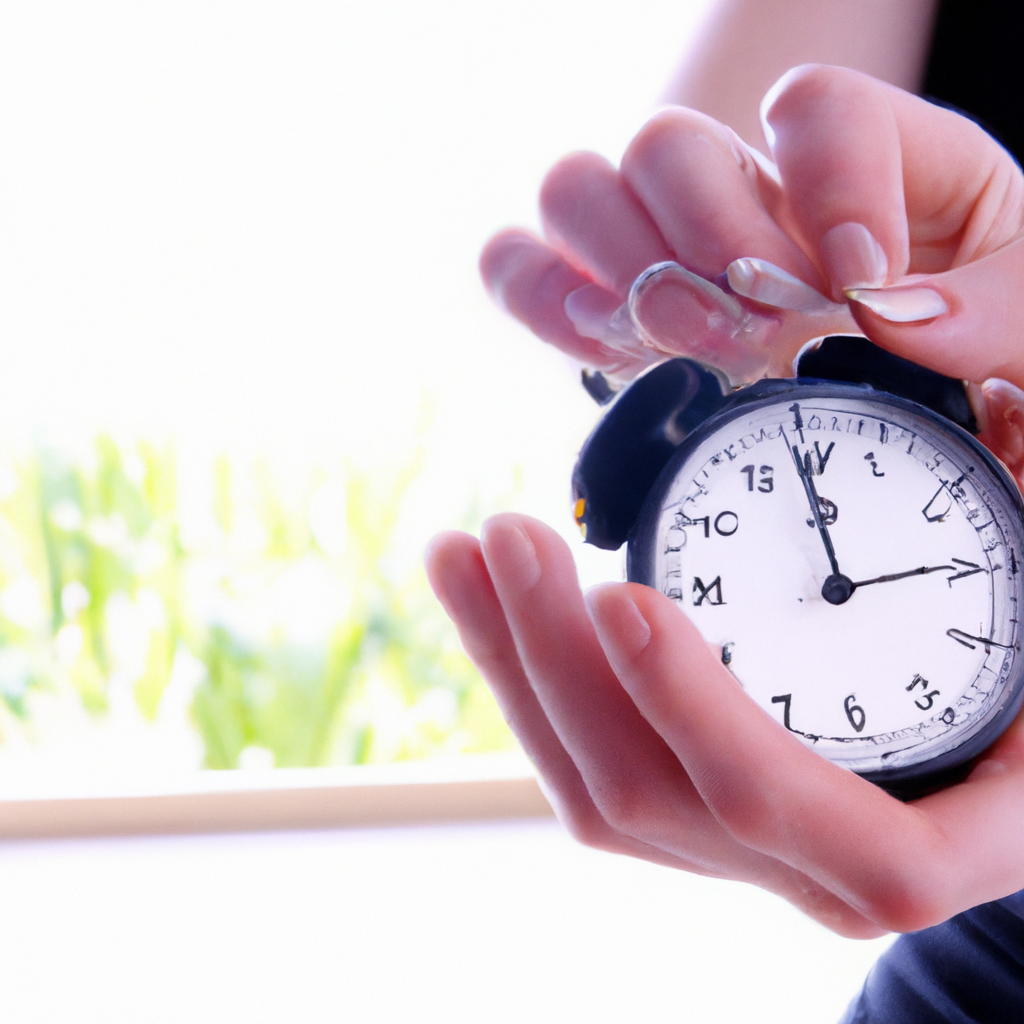
Workplace policies and constraints
Strict scheduling policies
Some spas or clinics may have strict scheduling policies in place that limit the duration of each session. This could be due to operational constraints, the need to efficiently manage therapist schedules, or simply the desire to accommodate a higher volume of clients. Massage therapists working in such establishments may be obliged to adhere to these policies, occasionally resulting in shorter sessions.
Minimum break time requirements
Workplace regulations or organizational policies may mandate specific break time requirements for massage therapists. These breaks allow therapists to rest, recharge, and prepare for subsequent sessions. In order to adhere to these requirements, therapists may need to cut sessions short to ensure they have adequate time for their scheduled breaks.
Restrictions on session length
In some cases, therapists may be limited by external factors, such as contractual agreements or regulations, that determine the maximum allowable session length. This could be influenced by legal or safety considerations, industry standards, or operational requirements. When working within these restrictions, therapists may need to truncate sessions in order to comply with the specified session duration.
Financial considerations
Need to meet revenue targets
Massage therapists, particularly those running their own practice, may face financial pressure to meet revenue targets. Meeting these targets is essential for sustaining the business and ensuring financial stability. This may incentivize therapists to shorten sessions in order to accommodate more clients and generate increased income within a given day or week.
Financial incentives for shorter sessions
Some spas or wellness centers may offer financial incentives or bonuses to therapists who consistently complete sessions in a shorter amount of time. These incentives may be based on the number of clients seen per day or the ability to maintain a high volume of appointments. In such cases, therapists may be motivated to cut sessions short in order to maximize their earnings.
Preference for higher volume over longer sessions
In certain massage therapy settings, there may be a preference for higher client volume over longer sessions. This could be due to operational considerations, time constraints, or a business model focused on efficiency. As a result, therapists may be encouraged or required to prioritize quantity over duration, leading them to shorten sessions to accommodate more clients in a given timeframe.
Inexperience or inadequate training
Insufficient knowledge of session time allocation
Novice massage therapists or those who have received inadequate training may lack a comprehensive understanding of how to effectively allocate session time. They may struggle with time management and not accurately gauge how long specific techniques or treatments should take. This inexperience can result in therapists underestimating the time required, leading to sessions being cut short.
Lack of understanding of client needs
Effective communication with clients is essential for understanding their specific needs and tailoring the session accordingly. Inexperienced therapists may struggle to interpret and address client concerns effectively, leading to inefficiencies or misunderstandings that impact the session duration. To compensate, therapists may opt to shorten sessions to ensure they stay within their limited knowledge base.
Inability to manage time effectively
Time management skills are crucial for massage therapists to provide consistent and quality care to their clients. Inexperienced or poorly trained therapists may struggle with time management, leading to difficulties in effectively organizing and executing their sessions. This may result in therapists needing to shorten sessions to compensate for their inability to manage time effectively.
Burnout and job dissatisfaction
Feeling overwhelmed and emotionally drained
Massage therapy can be emotionally demanding, requiring therapists to provide care and support to their clients. Over time, this emotional labor can take a toll, leading to feelings of being overwhelmed and emotionally drained. When therapists experience burnout or job dissatisfaction, they may consciously or unconsciously choose to cut sessions short as a means of coping or seeking relief.
Lack of passion or enthusiasm for the profession
A lack of passion or enthusiasm for the massage therapy profession can contribute to therapists cutting sessions short. When therapists do not derive satisfaction or fulfillment from their work, they may lack the motivation to provide full-length sessions. This lack of engagement can ultimately result in therapists shortening sessions to complete their work sooner or to minimize their time spent in a profession they are no longer passionate about.
Desire to finish work early due to dissatisfaction
Feeling dissatisfied or unfulfilled in their work can create a desire for massage therapists to finish their sessions and leave work early. This sentiment may stem from various factors, such as workplace dissatisfaction, personal circumstances, or general burnout. As a result, therapists may intentionally cut sessions short as a means of ending their workday sooner and seeking relief from their discontent.
In conclusion, there are numerous reasons why massage therapists may cut sessions short. These range from inadequate time management and physical fatigue to client-related factors and technical difficulties. Lack of communication, personal circumstances, workplace policies, financial considerations, inexperience, and burnout can also contribute to session truncation. By understanding these factors, therapists and clients can work together to create a mutually beneficial and satisfying massage experience.















